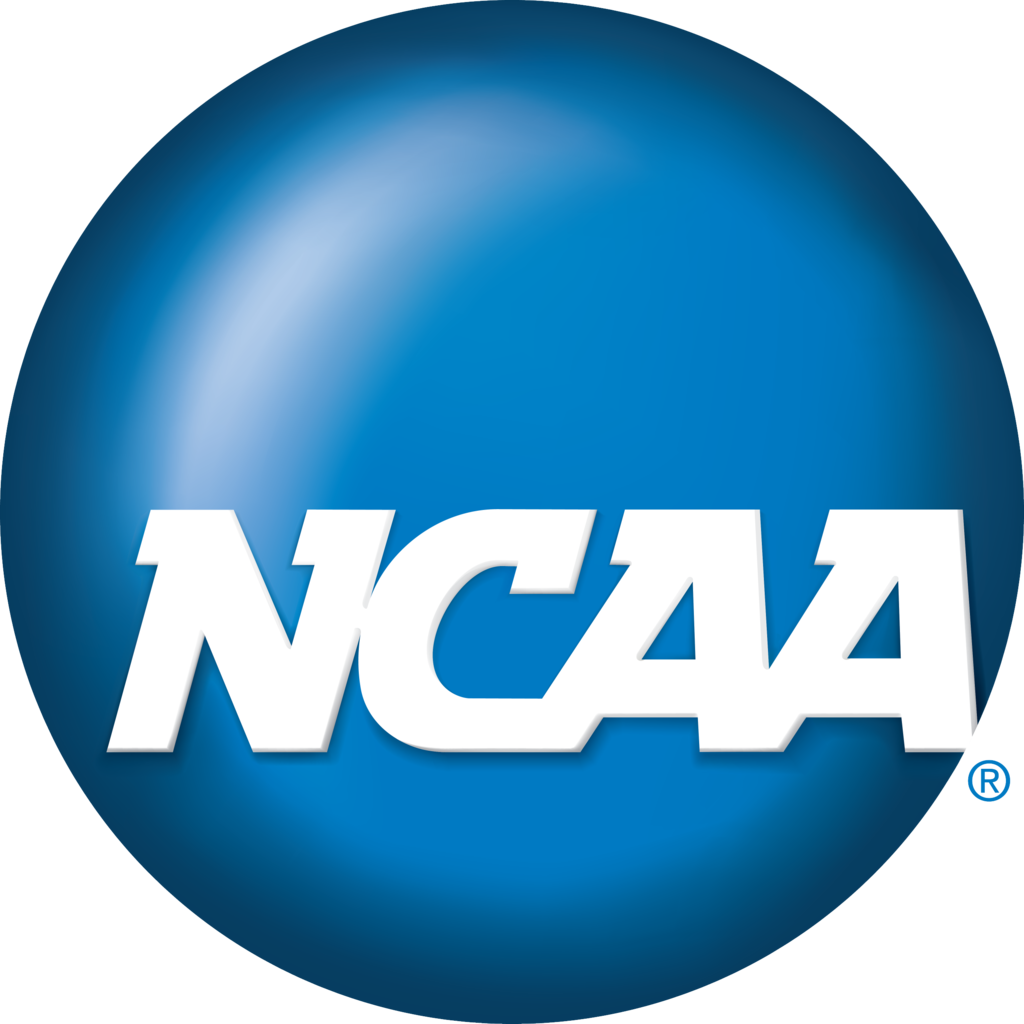Contributing Writer Johnny Keib, ’21
Imagine working your entire life for something, and then having it ripped away from you. It would suck, right? That’s the reality for thousands of college athletes across the nation. Due to the recent Covid-19 outbreak, collegiate athletes wake up everyday not for practice or a game, but for their online Zoom class usually completed from home. For winter athletes, the NCAA granted no additional eligibility and their season is over. When the outbreak hit, the majority of the winter sport season was complete. Unlike winter athletes, seniors competing in spring sport will be granted an extra year of eligibility if the latest NCAA proposal is approved. The vast majority of fans and athletes believe granting an additional year is the correct decision. Unfortunately, for many athletes this ruling is more tricky than it seems. While athletes and fans may appreciate the gesture, for many senior spring athletes, it’s still game over.
Most athletes plan on attending college and paying college expenses for four years. The national tuition average for a one year education at a private university is $32,410. That’s the AVERAGE and many universities cost double that amount. Some athletes receive full scholarships but the vast majority receive partial scholarships or no money at all. As a result, an extra year of eligibility requires the vast majority of athletes to spend significantly more money for a fifth year of eligibility.
For example, in lacrosse the average scholarship amount ranges from 20% to 50% of expenses a year for top players. There’s normally 44 players per team that divide and share twelve full scholarships per team. The handful of best players take up most of the scholarship money, while other players often receive no scholarship money at all. For this reason, most seniors will choose to forego an additional year as they completed the credits required to graduate and can’t rationalize or afford to pay for an additional year of education. So, while the NCAA granted another year of eligibility to graduating spring sport athletes, it’s likely to only benefit a handful of the very best senior players.
In order to rectify this situation, the NCAA should grant or match the existing level of scholarships given to current senior spring athletes in addition to their normal scholarship allotment. Given the fact that the NCAA is a cash cow generating over one billion a year in revenue, it clearly has the resources to fund additional scholarship money. By granting or matching the existing level scholarship money received by impacted seniors, the NCAA would go a long way to assuage their critics that believe their cancelling of winter and spring sports was grossly unfair to athletes, students and fans.
Sources:
- Berkowitz, Steve. “NCAA Reports Revenues of More than $1 Billion in 2017.” USA Today, Gannett Satellite Information Network, 8 Mar. 2018.
- Braziller, Zach. “NCAA: Spring Athletes Will Keep Year of Eligibility.” New York Post, New York Post, 14 Mar. 2020.
- Witz, Billy. “For Many Athletes, Coronavirus Means the End of College Careers.” The New York Times, The New York Times, 14 Mar. 2020.






























